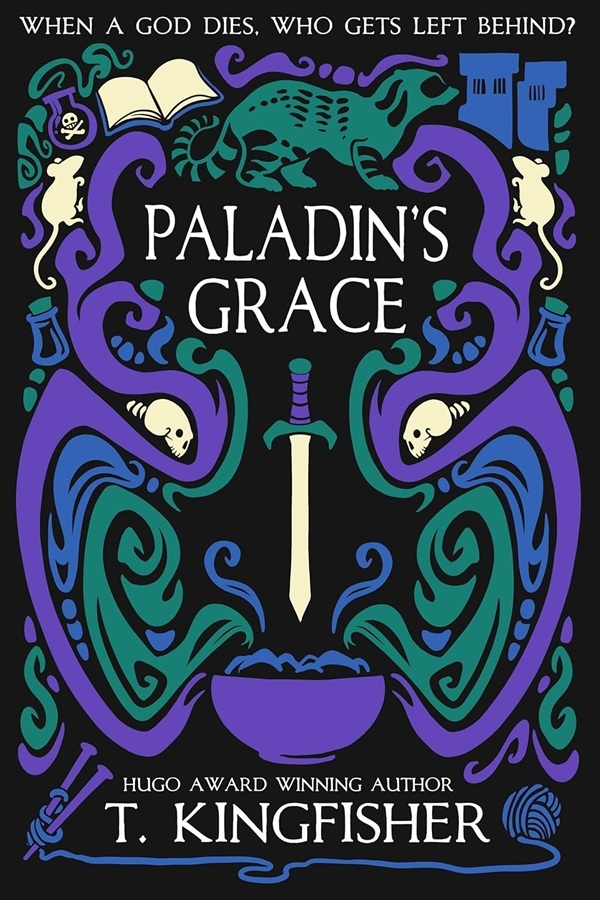The conclusion of T. Kingfisher’s latest installment in the Saints of Steel series has left readers eager for what comes next. The author has confirmed plans for a series of novels, with potential stories revolving around each of the seven paladins. This promises at least three more books, with the hope for a rich crossover that could unravel the mystery surrounding the murder of the Saint of Steel.
As the narrative unfolds, Kingfisher delves into profound themes intertwined with light-hearted elements. The series is not merely escapist fiction; it offers critiques on economics, human nature, and the dichotomy between depravity and decency. Central to this discussion is a compelling exchange between Lady Silver and Shane, wherein Silver asserts that the Saint was murdered, an assertion that deeply affects the supernatural community.
According to Silver, the Saint’s death did not trigger the cataclysmic shockwaves typically associated with the death of a god, which suggests a more complex and traumatic event. “There are stories of heroes with weapons that could slay a god, but that sends a shockwave around the earth, and this did not,” she explains in Paladin’s Faith. Despite the absence of such shockwaves, Silver indicates that the death caused significant destabilization, with the current god of the year, Second Waking, protecting her people from the aftermath.
Shane’s conversations with Wren further explore the implications of their god’s death. They grapple with the question of whether humans should seek vengeance for a fallen deity. “Do we need to do anything? Isn’t this all…I don’t know…god stuff?” Shane questions. Wren’s uncertainty reflects a deeper philosophical dilemma: “Are humans supposed to avenge gods? That seems like something a priest would know better than I would.”
This exchange hints at an exciting narrative direction for the forthcoming novels, potentially involving perilous journeys to uncover the truth behind the Saint’s demise. The involvement of libraries suggests a quest for knowledge, perhaps leading to the resolution of various plot threads that have captivated readers.
Kingfisher’s storytelling also encompasses a rich historical backdrop. The series hints at ancient cultures that wielded powerful magic, making the world feel alive with lore. The existence of the Vagrant Hills, a place teeming with magical creatures and remnants of authentic magic, adds depth to the narrative. These elements invite readers to ponder the implications of history on the present and future of the characters.
In addition to the exploration of gods and magic, the series raises questions about morality and the nature of power. Characters like Wisdom, a demon with aspirations of godhood, challenge the conventional understanding of good and evil. Wisdom reveals the capacity for growth and change in demons, suggesting that the lines between morality are not as clear-cut as they seem.
The relationships between the paladins and their gods also play a crucial role in the story. Shane’s reflection that they owe their loyalty to the Temple of the White Rat reveals the emotional depth of their struggles. “We owe them,” he asserts, emphasizing the bond formed in the wake of tragedy.
As the series progresses, the themes of hope, survival, and the quest for justice promise to resonate with readers. The anticipation surrounding the next novels is palpable, with fans eager to see how Kingfisher will weave together the intricate threads of this expansive narrative.
For those following the Readers and Book Lovers community, discussions about the series are set to continue, with scheduled events providing platforms for fans to share their thoughts and observations. With the potential for more adventures in the world of the White Rat, readers have much to look forward to as they await the next chapter in this captivating saga.
